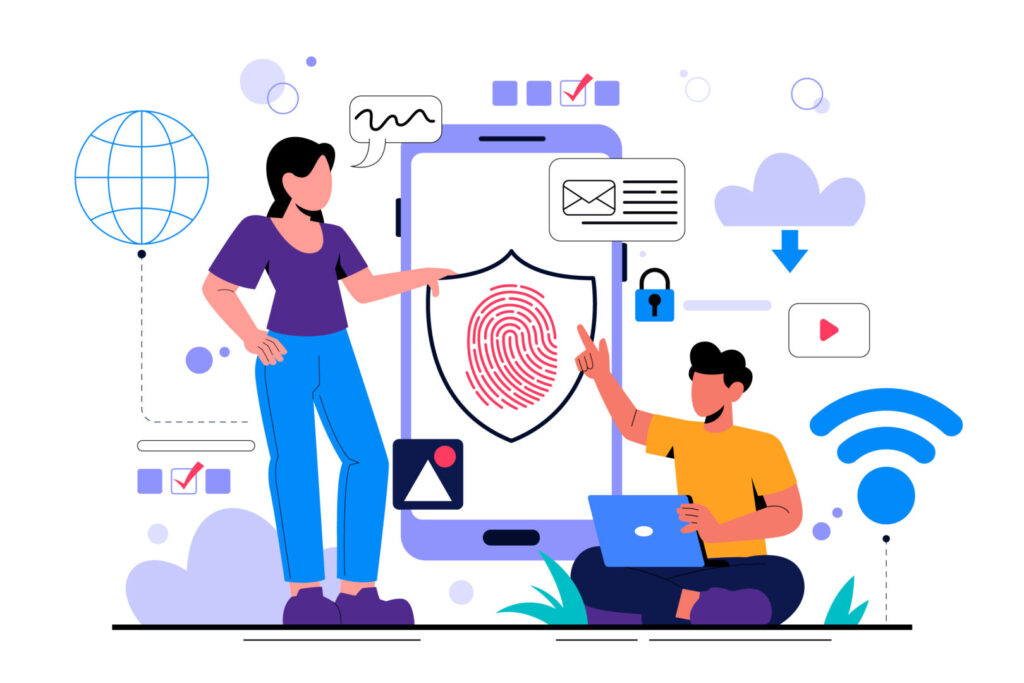
In the digital era, our identity is no longer confined to physical documents such as passports or ID cards. Instead, it exists in the form of digital identity—a combination of data, credentials, and digital footprints that define who we are online. This includes usernames, passwords, banking details, and even the traces we leave behind on social media platforms. Without this digital identity, access to essential services like banking, e-commerce, healthcare, and communication would be nearly impossible.
However, this reliance on digital identity also makes it a prime target for cybercriminals. The threats are diverse, sophisticated, and constantly evolving. Phishing attacks remain one of the most widespread methods, luring individuals into disclosing sensitive information through fake emails or websites. Password theft, whether through brute-force techniques or large-scale data leaks, continues to compromise millions of accounts every year. More covertly, spyware infiltrates devices to monitor activity and steal credentials, often without the user’s knowledge.
Perhaps the most damaging outcome is identity theft, where criminals exploit stolen data to commit fraud, open accounts, or impersonate victims. Adding to these challenges is the growing risk of deepfakes—artificially generated videos or audio clips that can deceive, manipulate, and even erode trust in digital communications.
The consequences of such threats are evident in recent large-scale incidents. In 2019, over 540 million Facebook user records were exposed due to insecure data storage. Just two years later, LinkedIn suffered a breach affecting 700 million accounts, impacting nearly two-thirds of its user base. More recently, cybercriminal groups such as Qilin ransomware have demonstrated how stolen identities can be weaponized in disruptive and damaging attacks against organizations.
Faced with these risks, individuals must take proactive steps to safeguard their digital identities. Strong and unique passwords are essential, and password managers can help ensure their secure use. Two-factor authentication—whether via SMS codes or authenticator apps—adds an extra layer of defense. Regularly reviewing privacy settings on social networks, keeping devices and applications up to date, and exercising skepticism toward suspicious offers are all practical measures to reduce vulnerability.
At the organizational level, cybersecurity must be treated as a continuous and strategic priority. This involves providing employees with ongoing training to recognize and resist cyber threats, implementing real-time monitoring systems to detect unusual activity, and adopting least privilege policies that restrict access rights to only what is necessary. Encrypting communications and sensitive databases further strengthens defenses, ensuring that even if data is intercepted, it remains unreadable to unauthorized actors.
In conclusion, digital identity is just as important as physical identity. As cyber threats grow in frequency and sophistication, defending them requires more than isolated technical measures. The most effective approach is a holistic combination of technology, education, and prevention. By cultivating awareness, investing in robust defenses, and fostering a culture of digital responsibility, both individuals and organizations can navigate the challenges of the online world with resilience and confidence. Jose.
Subinspector José Antonio Toribio Pascual – Grupo Ciberataques – Policía Nacional de España.
